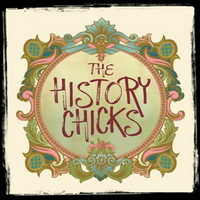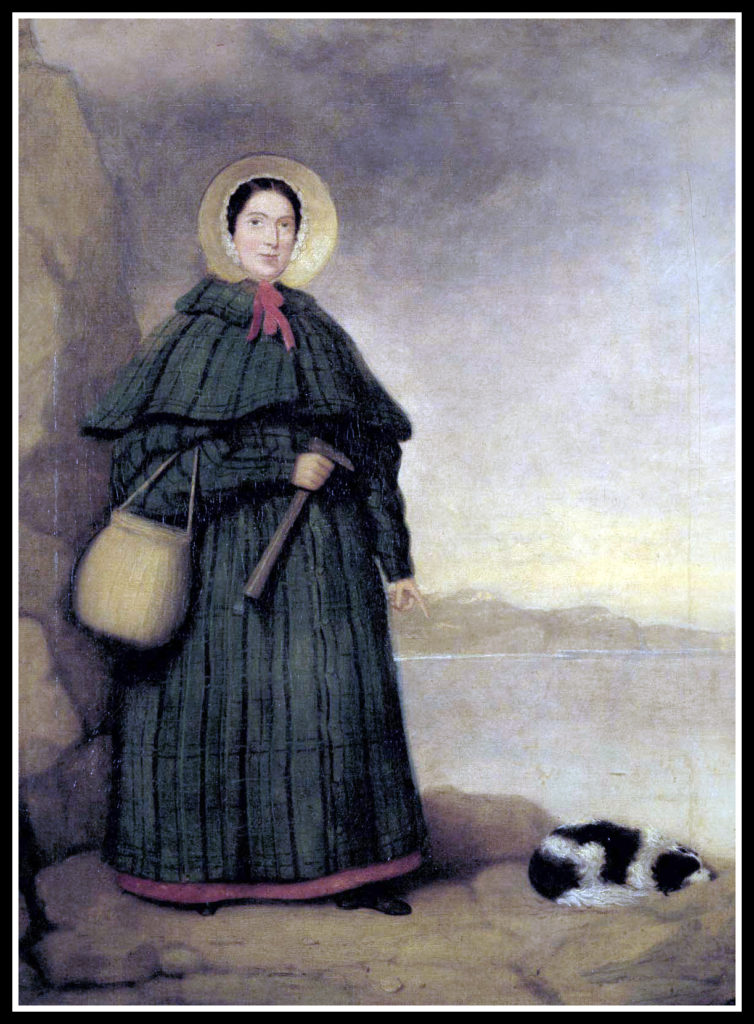
Mary Anning’s grueling, dangerous, and meticulous toiling enabled many men of science to do their own work and furthered the study of times long past…but she was mostly omitted from the narrative. Thankfully, like the fossils that she discovered, she left enough of an evidence trail to help write her back in.
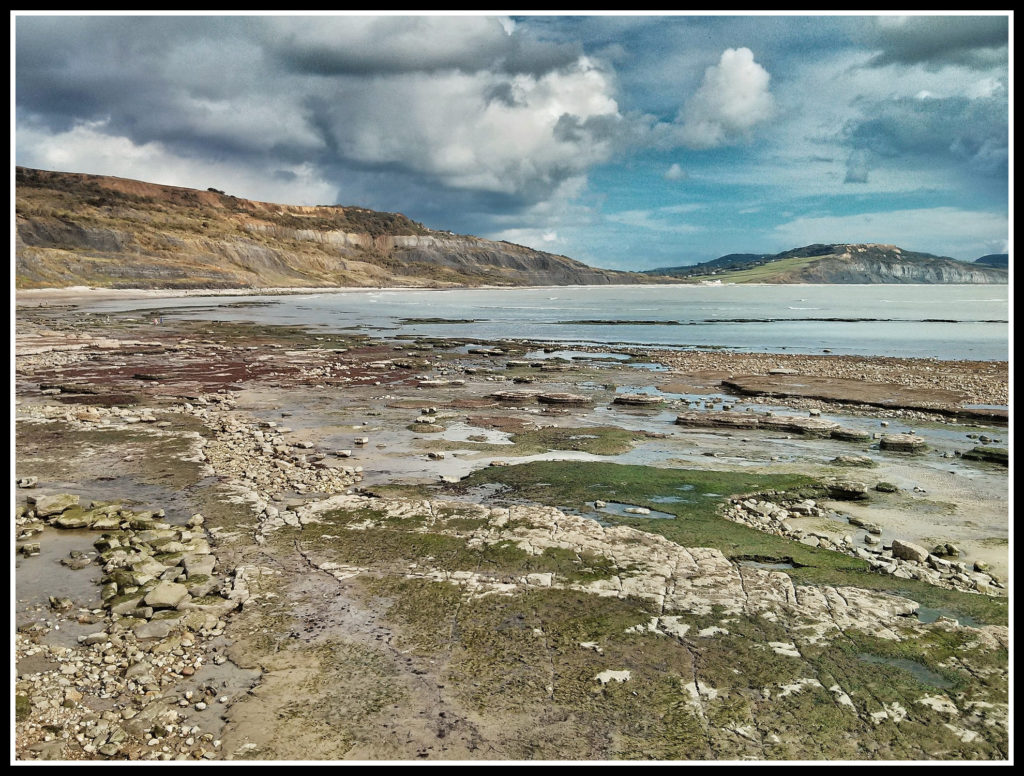
Mary’s home beach of Lyme Regis. Courtesy Johnnie Shannon, Pixabay
Mary Anning was born in the seaside town of Lyme Regis in Dorset, UK to Richard and Molly Anning on May 21, 1799. To make ends meet, Papa Richard started combing the nearby beach and cliffs for a sellable commodity: fossils. He took his two children, Mary and her older brother Joseph, with him until he died when Mary was 11.
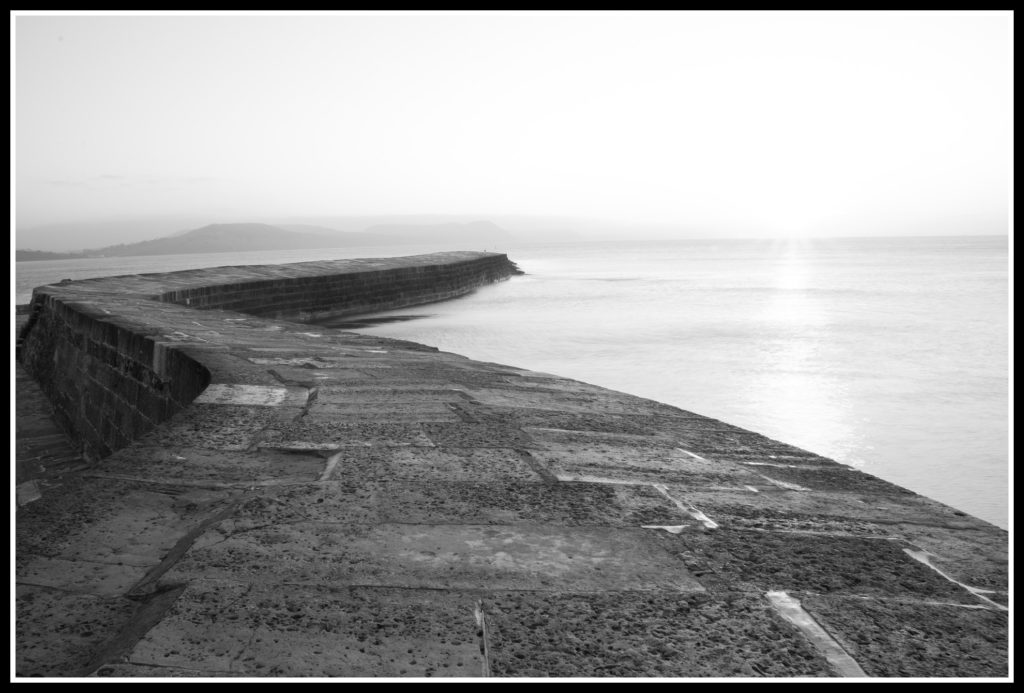
The (rebuilt) Cobb. Visited by Jane Austen and Princess Victoria. Courtesy Claire Johnson via Pixabay
After his death life became even harder, Mary took up the family business of fossil hunting when she, and Joseph, unearthed the full skeleton of an as yet unknown, prehistoric creature. She sold it, kept digging and she set about to teach herself everything from anatomy to geology so that she could become an expert on what she was finding.
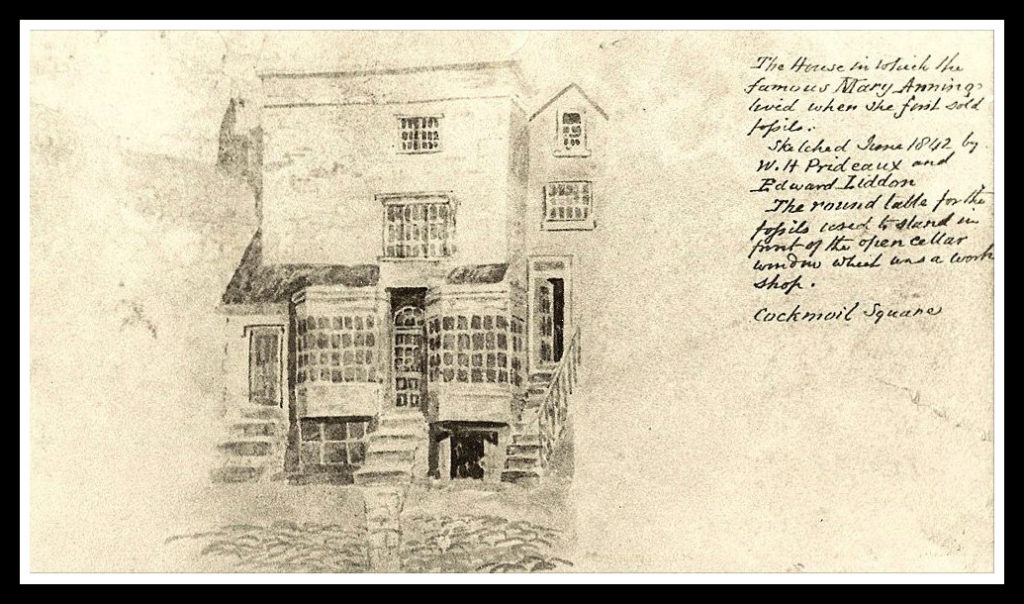
Mary Anning’s original house, the table would sit in front of the open cellar door. W. Prideaux via wikicommons
For years, Mary chipped and dug and meticulously cleaned her discoveries, selling them to collectors and museums. And, for years, men who would not allow Mary, or any woman for that matter, into their scientific organizations used Mary’s research to write their own papers without giving her credit. Eventually, others who learned of her extensive knowledge sought her out to learn from her.
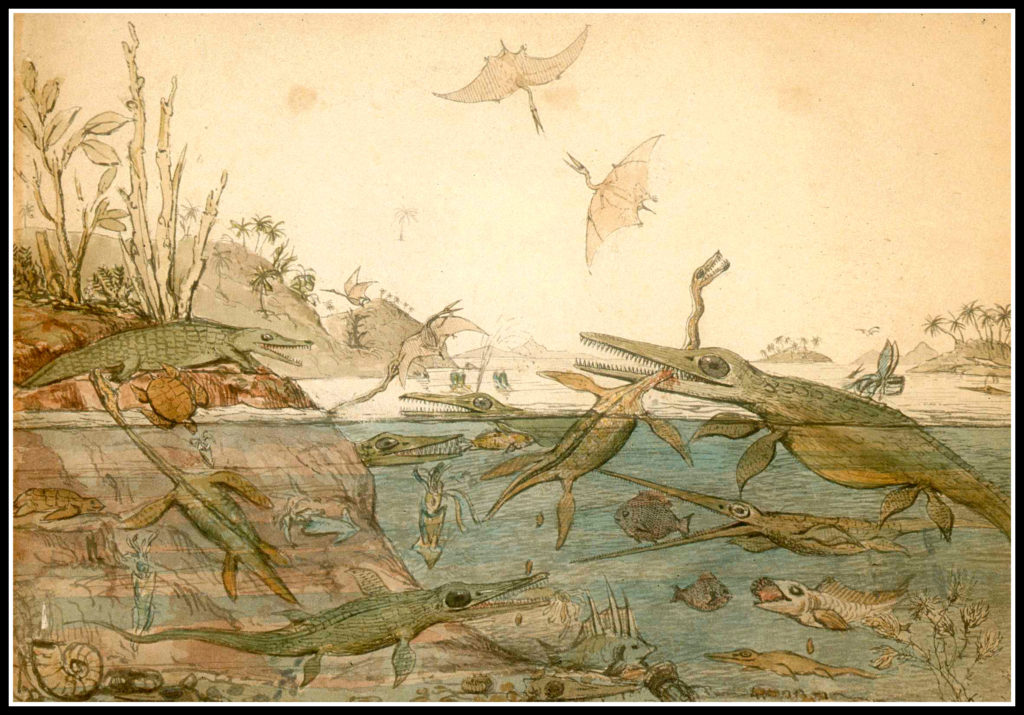
Duria Antiquior for Mary by Henry de la Beche
For the majority of her life, Mary lived in poverty but her list of discoveries is like a who’s who of paleontology: The OG Ichthyosaurus and Plesiosaurus, the world’s second and Great Britain’s first Pterosaur; she made advances in understanding Ammonites and Coprolites (Yes! We got to talk about dinosaur poo!) and even invented an art medium with reconstituted primeval ink sacs.Her work also caused controversies as the biblical world was faced with a reality from science that the earth was a whole lot older than they believed that the Bible taught.
Mary Anning died from breast cancer on March 9, 1847, at the age of 47.
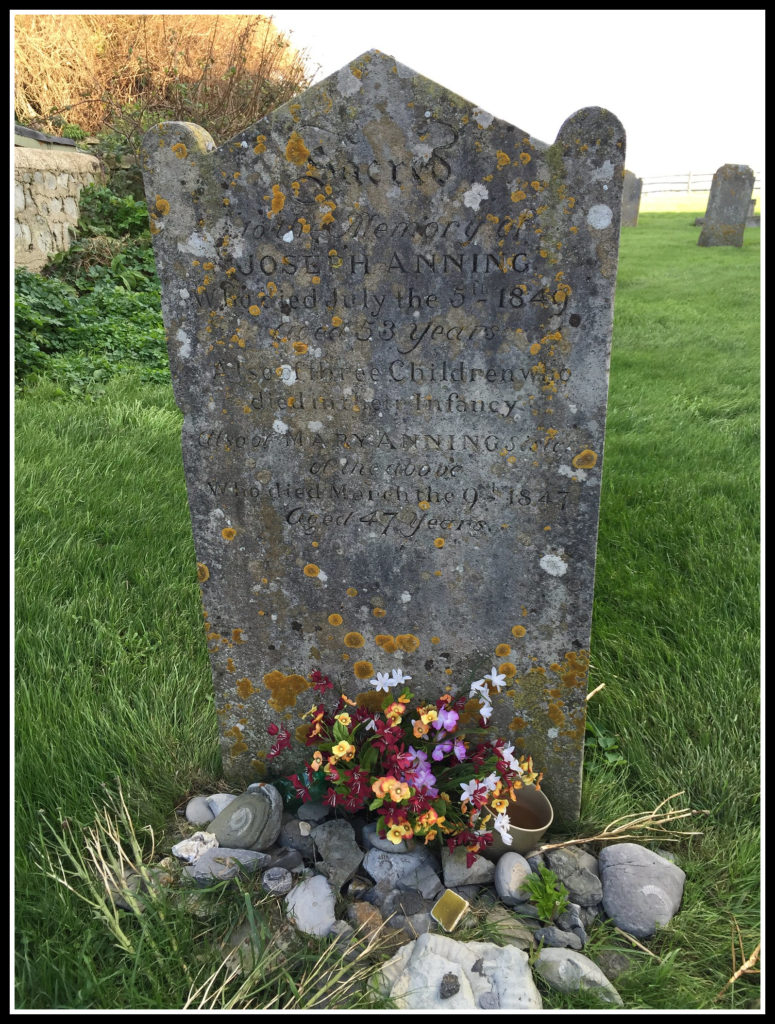
Mary and Joseph’s headstone (the 19th century Mary and Joseph, not the, you know, Bible ones.) We love the items left at the memorial.
Courtesy Greg Miller via Flickr cc license
By sheer coincidence the week we posted this, several listeners were in Lyme Regis (right? What are the odds) and one of them had just taken this photo and told us that the headstone had been cleaned just a week earlier!
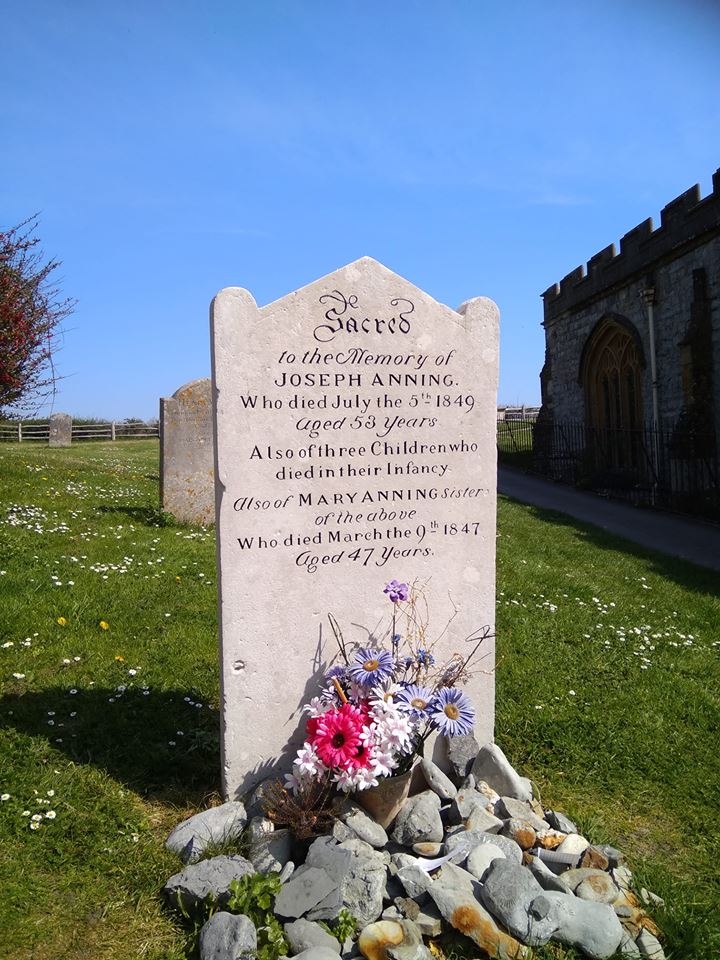
Many thanks to Michelle Doms for passing along this beautiful shot of a recently cleaned headstone!
Time Travel with The History Chicks
Books!
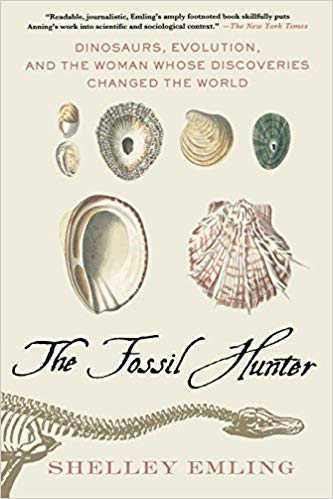
Shelley Emling- fills in some blanks
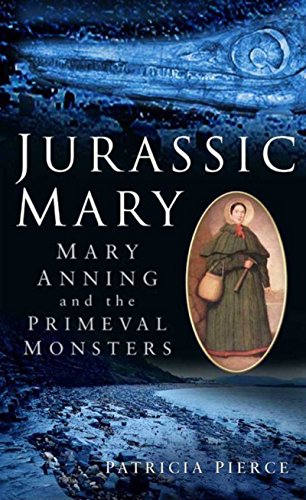
Patricia Pierce, just the facts, M’am.
For kids we liked:
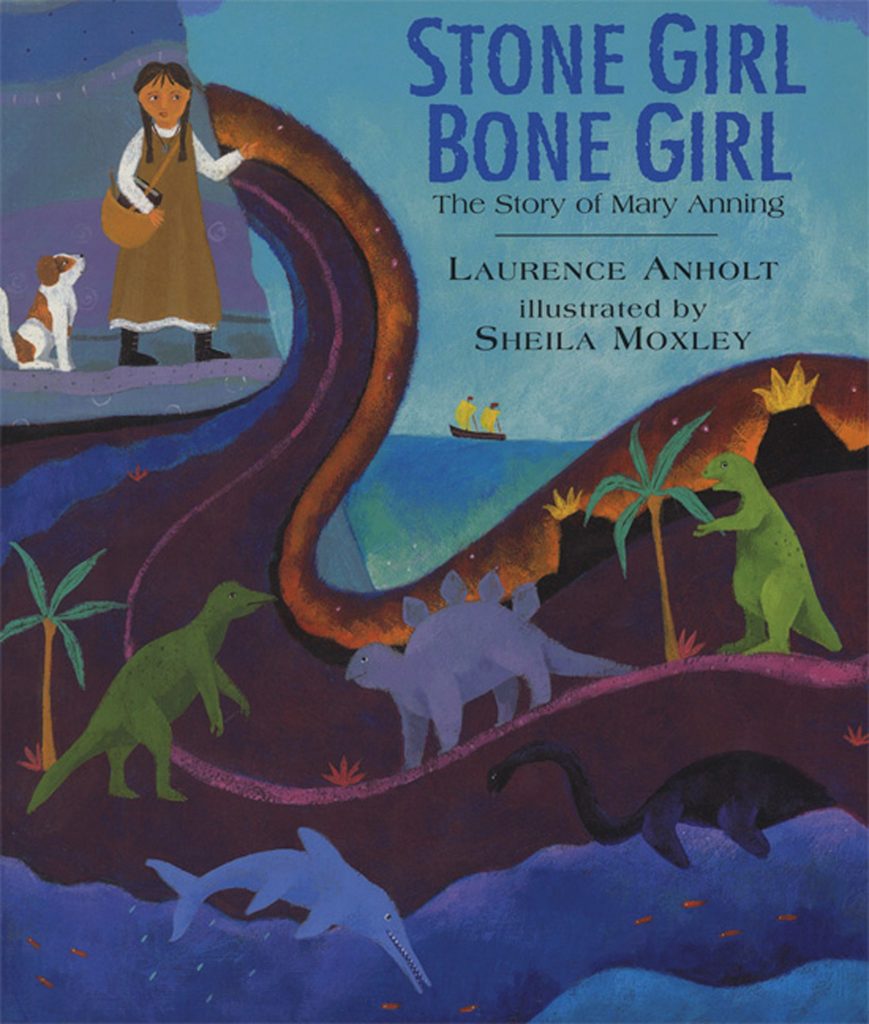
Laurence Anholt and Sheila Moxley
Web!
Let’s all go to Dorset, shall we? Here is some information on the Jurassic Coast, where Mary used to live and is now a protected site. Come on! Look how gorgeous it is there, Visit Dorset!
While we’re there, we’ll definitely stop at the Lyme Regis Museum (or maybe we’ll just look at it online because there is a lot of information in there and really, are we going anytime soon? No, we are not.)
Wonder how Mary found all her treasures? This might give you an idea.
We hate to be the ones who bust the myth about the origin of She Sells Sea Shells by the Seashore (well, we kinda like it, truth be told) so we’ll let the dedicated and knowledgeable folks at Folklife Today tell you.
OOoh, very pretty Coprolite jewelry from Utah that will dazzle at your next BBQ when you tell people what it is–or if you just want to see some. You know that you do.
Mary Annings Revenge! A Paleobiologist and an Anthropologist walk into a blog…learning and hilarity ensue. This is run by two women that, if you like us and our mild to moderate irreverence, you’ll enjoy this site, too. (It was the male vervet monkey, we know you were looking for that.)
A modern paper about Ichtyosaurs that talks about the men of Mary’s time…but not Mary: REDACTED
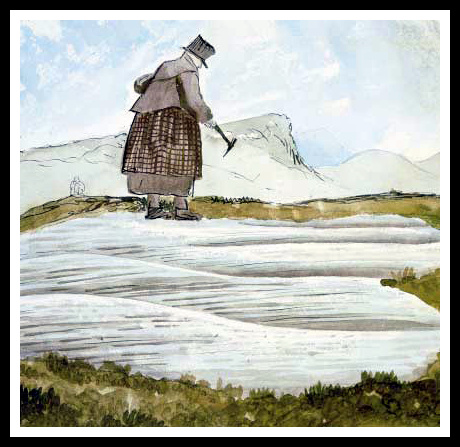
Mary as painted by her friend, Henry de la Beche.
When you use our codes for products that interest you from companies that support the show, you’re helping us out, too! Thank you to these sponsors and you!

